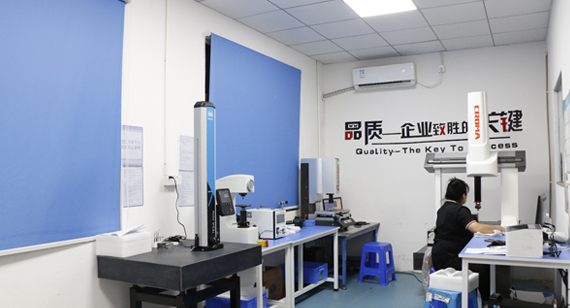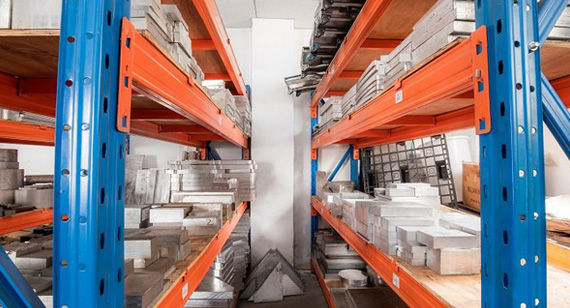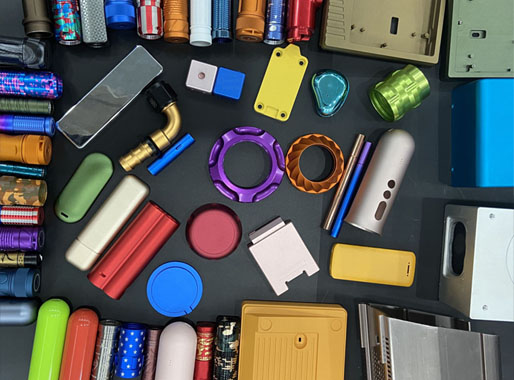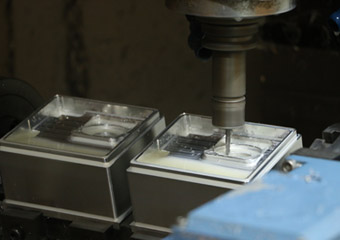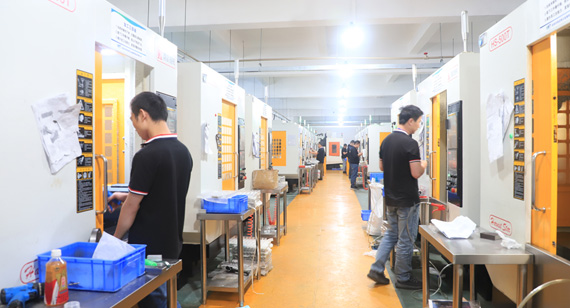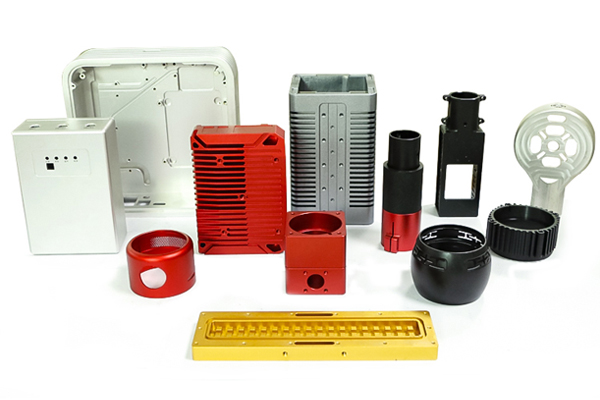15 years one-stop China custom CNC machining parts factory
The VMT blog is dedicated to sharing our hard-earned knowledge in prototype manufacturing. We hope these articles will help you optimize your product designs and gain deeper insight into the world of rapid prototyping. Enjoy the read!
Get an Instant Quote VMT
VMT  2024 02 16
2024 02 16 In the manufacturing industry, the widespread application of aluminum CNC machined parts is attributed to their lightweight, high strength, and excellent corrosion resistance. However, the quality of surface treatment directly influences the appearance, performance, and durability of these parts. To ensure the quality of surface treatment for aluminum CNC machined parts, it is crucial to establish effective control measures and standards.
 66
66
 Read more
Read more
 VMT
VMT  2024 02 15
2024 02 15 In the manufacturing industry, the stability of metal material supply is crucial for ensuring the lead times of CNC machined parts. However, factors such as market fluctuations, supplier issues, or disruptions in the supply chain may lead to delays or shortages in metal material supply, subsequently affecting the lead times of CNC machined parts. This article explores strategies to address the impact of metal material supply delays or shortages on CNC machined part lead times.
 66
66
 Read more
Read more
 VMT
VMT  2024 02 14
2024 02 14 In the manufacturing process of CNC machined parts, coating treatment is a crucial step in enhancing part performance. The coating thickness on the surface of aluminum CNC machined parts directly impacts the appearance, corrosion resistance, and functionality of the parts.
 66
66
 Read more
Read more
 VMT
VMT  2024 02 13
2024 02 13 In today's highly competitive manufacturing environment, the reliability of delivery times is crucial for the success of any enterprise. As a core technology in modern manufacturing, the optimization of CNC (Computer Numerical Control) machining processes significantly impacts the reliability of delivery times.
 66
66
 Read more
Read more
 VMT
VMT  2024 02 12
2024 02 12 In today's manufacturing environment, the demand for producing multiple variants and small batch parts is on the rise. This type of demand poses challenges for CNC machining factories, including frequent process changes, complex material management, and lower equipment utilization.
 66
66
 Read more
Read more
 VMT
VMT  2024 02 11
2024 02 11 In the field of Computer Numerical Control (CNC) machining, dealing with emergency rush orders is a common and challenging situation. These situations often involve the sudden need to process a large number of parts within a short timeframe, placing pressure and uncertainty on the original production plan.
 66
66
 Read more
Read more
 VMT
VMT  2024 02 10
2024 02 10 In today's highly competitive market environment, ensuring the quality of parts has become a crucial factor for the survival and development of CNC machining factories. Quality is the lifeline of businesses, particularly in manufacturing, where high-quality parts form the cornerstone for product performance, customer satisfaction, and durability.
 66
66
 Read more
Read more
 VMT
VMT  2024 02 09
2024 02 09 During the CNC machining process, surface defects like scratches and dents may occur, impacting both the aesthetics and performance of the parts. This article explores how to address scratches and dents on CNC machined parts surfaces to ensure their quality and reliability.
 66
66
 Read more
Read more
Ready To Start Your Next Project?
Get Instant Quote

Request a Free Quote
Send us a message if you have any questions or request a quote. We will get back to you ASAP!
